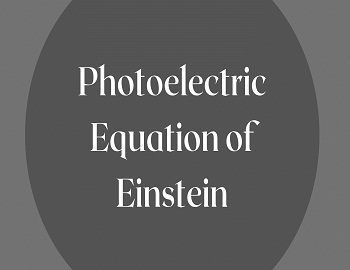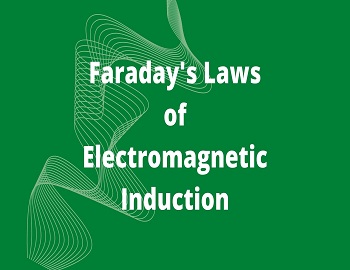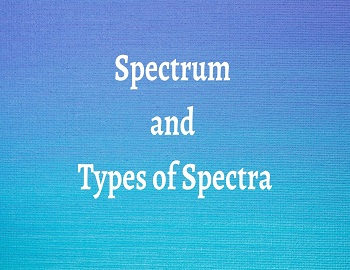Simple Pendulum and Torsional Pendulum:
Simple Pendulum- A simple pendulum consists of a point mass, m suspended by a light string of length L. When the point is pulled to one side of its equilibrium position and is released, it oscillates about the equilibrium position. The motion occurs in a vertical plane and is driven by the force of gravity. The path of the point mass is not a straight line but the arc of a circle with a radius L equal to the length of the string. In this case, the restoring force must be proportional to x or to θ since x = Lθ. The forces acting on the mass are the tension, T acting along the string, and the weight mg. In the figure below, we represent the forces on the mass in terms of tangential and radial components. The restoring force F is the tangential component of the net force.
| F = -mg sin θ |

Note that F always acts toward the equilibrium position and is opposite to the displacement.
The restoring force is provided by gravity: the tension T merely acts to make the point mass move in the air. The restoring force is proportional to sin θ and hence the motion is not simple harmonic. However, when the angle is small, sin θ ≈ θ. With this approximation,
| F = -mg θ = – (mg/L) x ………(i) The force constant is k = mg/L ………(ii) |
It follows from equation (ii) that the angular frequency is
| ω = √k/m = √[(mg/L)/m] = √(g/L) |
The corresponding frequency and time period relations are
| ν = ω/2π = (1/2π) √(g/L) ………(iii) and T = 1/ν = 2π √(L/g) ………(iv) |
Torsional Pendulum- A torsional pendulum consists of a disk or rod suspended at the end of a wire as shown below.

When the end of the wire is twisted by an angle θ, the restoring torque τ arises which obeys Hooke’s Law.
| τ = – k θ ………(v) |
Where k is called the torsional constant. If the wire is twisted and released, the oscillating system is called a torsional pendulum. The rotational form of Newton’s second law is
| τ = Iα or – k θ = I (d2θ/dt2) which may be rewritten as d2θ/dt2 + k θ/I = 0 ………(vi) This is the equation of a simple harmonic oscillator whose angular frequency is ω = √k/I and time period is T = 2π √(I/k) ………(vii) |
The balance wheel in a clock or wristwatch is an example of a torsional pendulum.









Comments (No)